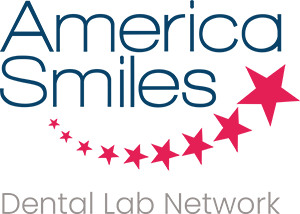Dealing with overdue accounts is an inevitable aspect of managing a business. Effective handling of delinquent accounts is crucial for maintaining cash flow and financial stability. Prolonged non-payment diminishes the likelihood of recovering the outstanding amounts, making a strategic approach essential.
Identifying Key Indicators of Delinquent Accounts
Recognizing early signs of financial trouble can help in timely intervention. Common indicators include late payments, bounced checks, frequent excuses, avoidance, and outright non-payment. Each of these signs decreases the likelihood of full recovery of the account.
Late Payments
Late payments are often the first signal that a customer may be experiencing financial difficulties. Initially, the customer continues to make payments, but with increasing delays. During follow-up, various excuses may be provided. While some reasons may be legitimate, consistent delays can indicate a shift towards potential non-payment.
Persistent late payments disrupt a company’s cash flow, making it challenging to manage expenses and investments. As payment patterns become irregular, the financial strain can adversely affect the company’s operations.
Action Steps for Accounts Overdue by 30 Days
When an account surpasses 30 days overdue, it is crucial to escalate the collection efforts. This includes sending formal collection letters, making phone calls, and potentially using email reminders. While some customers may respond and settle their balances, others may disregard these communications.
Handling Accounts Over 60 Days Past Due
- 60+ Days Overdue: Consider engaging a collection agency or working with your dental lab association for assistance.
- Firm Discussion Needed: If no payment has been made, have a direct conversation with the client; consider holding all work until payment is received.
- 75+ Days Overdue: Work with ACDLA (American Cosmetic Dental Lab Association) for timely payment recovery before resorting to a collection agency.
- Settlement Likelihood: Full recovery may not be possible—both lab associations and collection agencies negotiate settlements. Once handed to collections, the agency assumes responsibility for recovery.
Role of the Collection Agency
Upon receiving an account, the collection agency will initiate contact with the customer, starting with notifications of the outstanding balance and offering payment plans. As the account remains unpaid, the agency’s efforts intensify, including increased communication and negotiation for reduced settlement amounts, particularly for lump-sum payments.
If these measures fail, the collection agency may proceed to legal action. This involves filing a lawsuit to secure a court date, where a summons will be issued to the customer. If the customer fails to appear, the court may rule in favor of the collection agency, potentially enforcing payment through various means, such as:
- Establishing a court-ordered payment plan, possibly through payroll deductions.
- Placing a lien on the customer’s property.
- Seizing and auctioning the property, with proceeds going towards settling the outstanding balance.
Understanding Customer Responses
- Customer Responses: Clients may request debt verification or ask to transfer the account back to the original creditor, delaying payment negotiations.
- Negotiation & Legal Risks: Some customers may push for a reduced payoff, while excessive agency contact can lead to hostility or legal complaints. Agencies must follow legal guidelines for communication.
- Proactive Debt Recovery: Recognizing early signs, enforcing timely follow-ups, and understanding customer behavior improves account recovery. Burt and Associates provides expert guidance for managing delinquent accounts.


